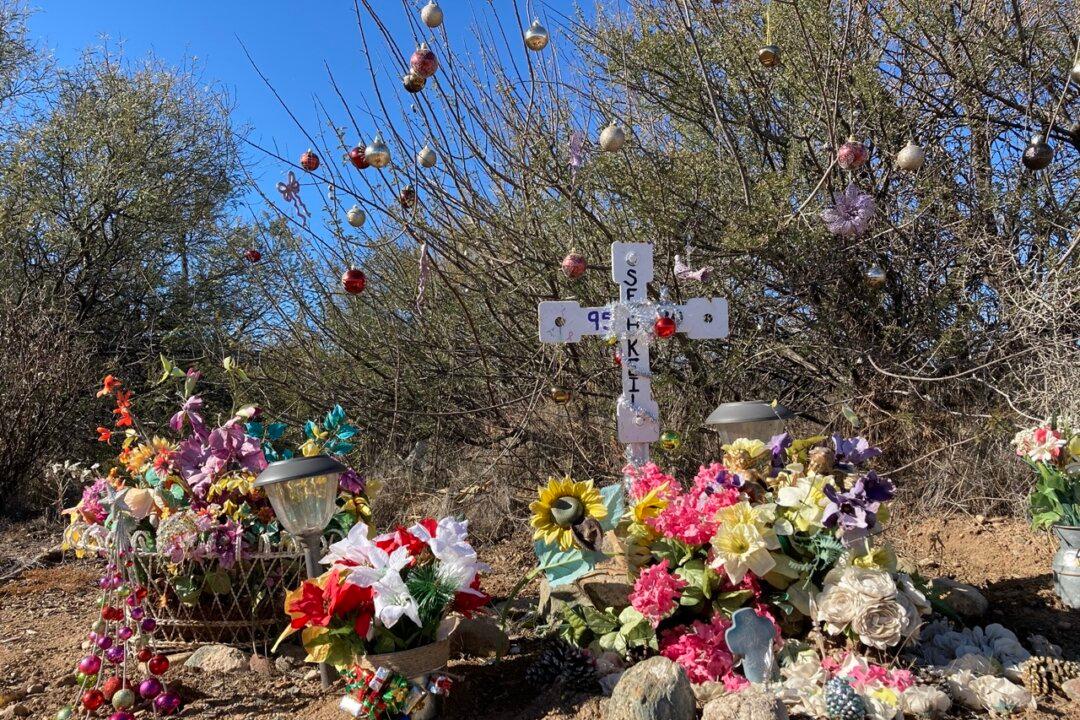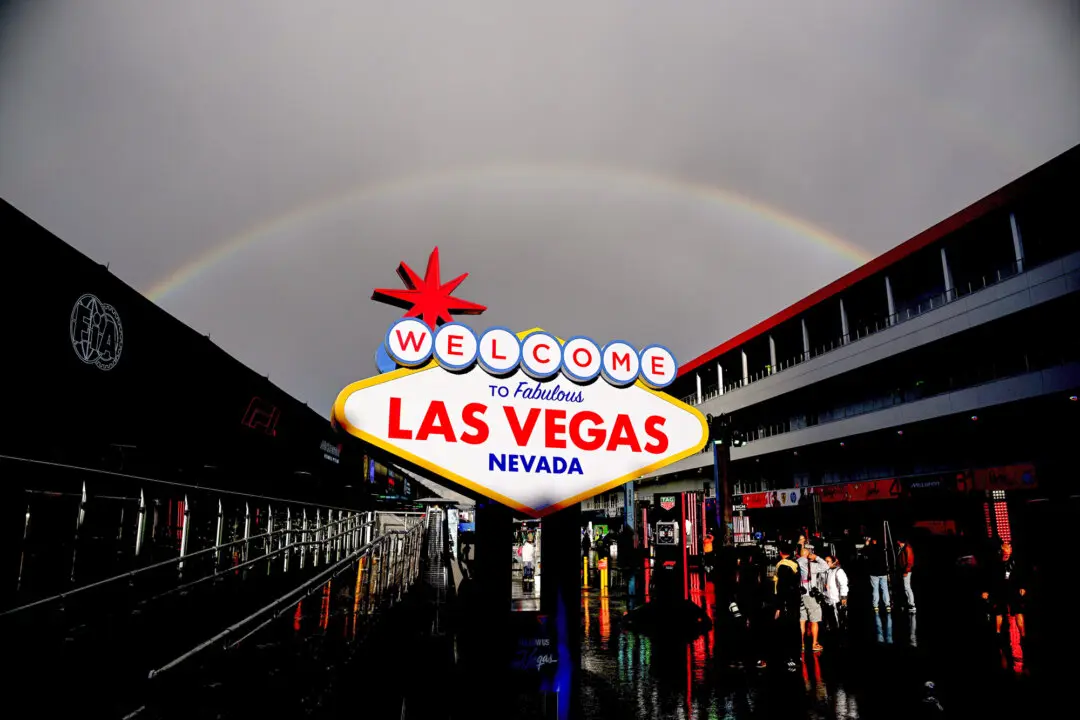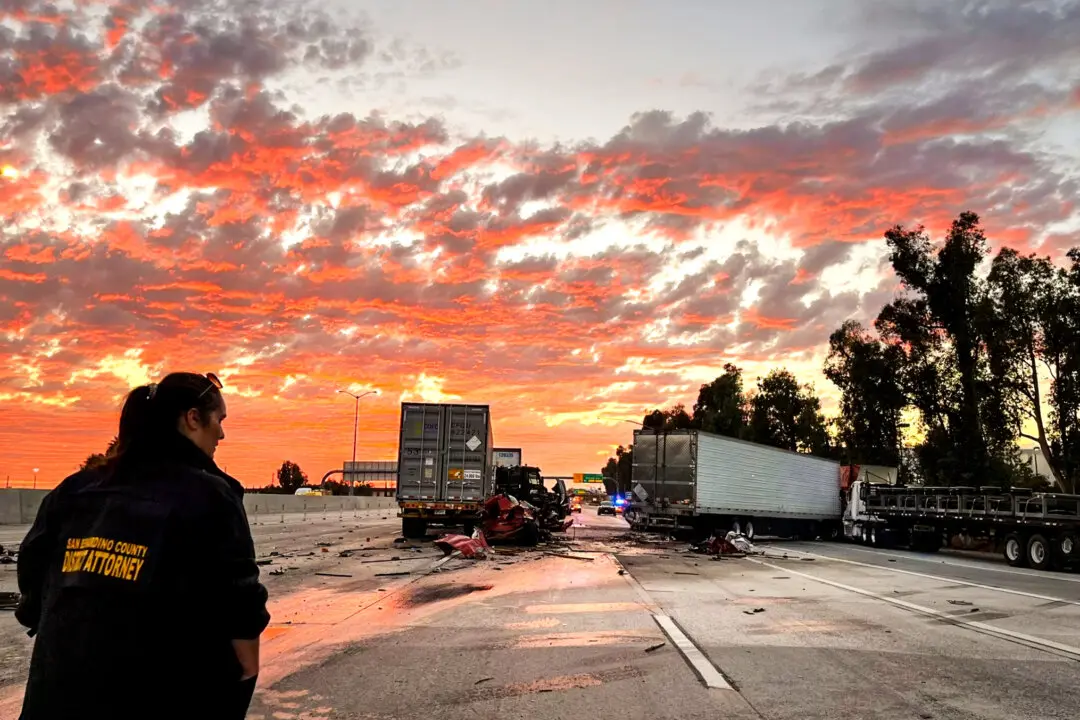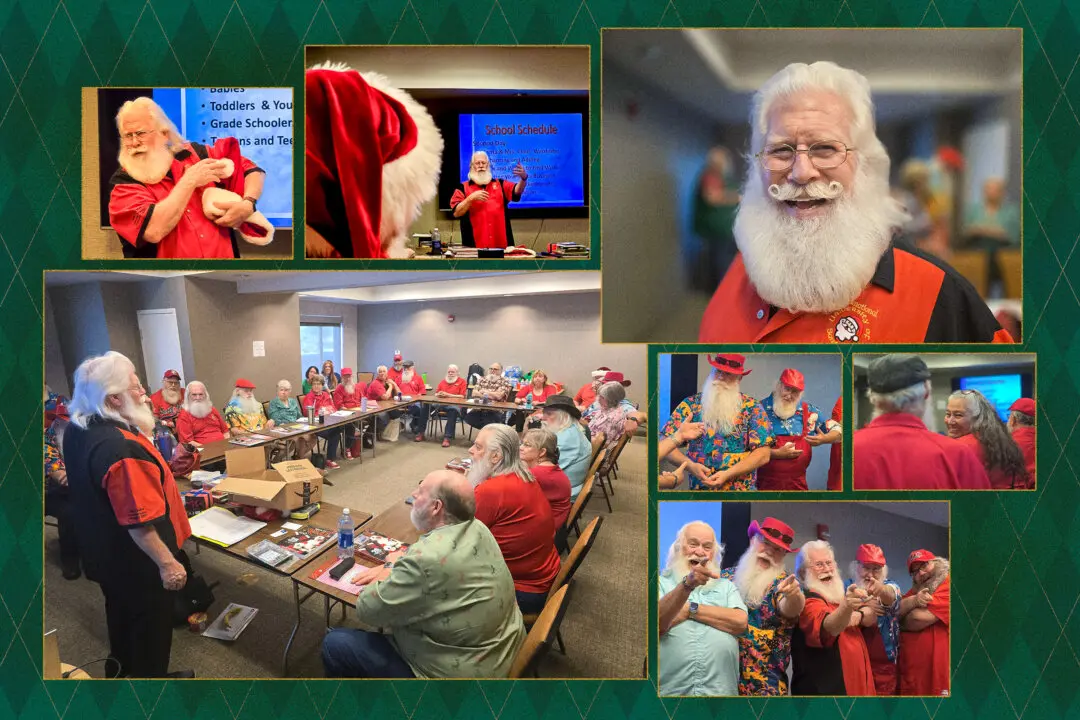The last five words Traci Haupert of Peru, Indiana would ever say to her daughter Taylour Sparks were, “Be safe. I love you.”
On that clear spring morning of May 5, 2018, Sparks, who was just 25 years old, was a passenger on her boyfriend’s motorcycle as the two went rolling along on US Route 24, bound for a fundraiser in northern Indiana.





